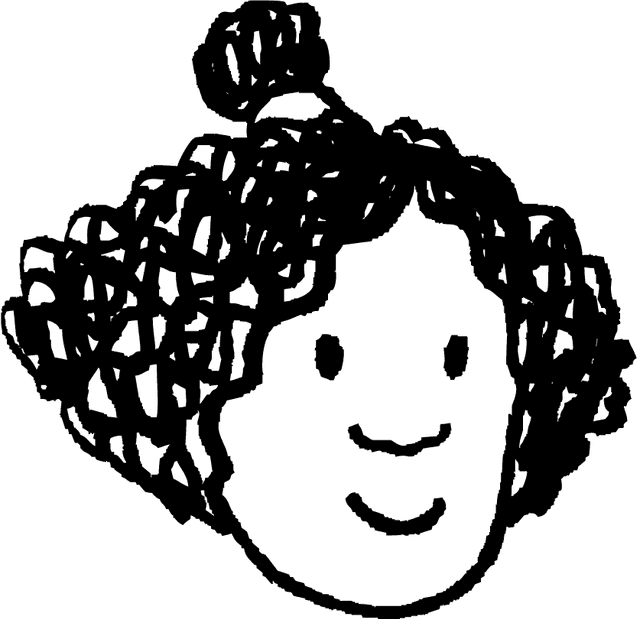Starter quiz
- Match each of the following to the correct number.
- 1⇔the number of amino acids coded for by each triplet of bases ✓
- 2⇔the number of nucleic acid strands in a DNA molecule ✓
- 3⇔the number of nucleotide bases in one triplet code ✓
- 4⇔the number of different nucleotide bases found in DNA ✓
- If a single nucleotide base in DNA is swapped for another one, this is called a substitution ______.
- 'mutation' ✓
- What is the cause of most mutations in DNA?
 chemical mutations in cigarette smoke
chemical mutations in cigarette smoke errors in copying DNA when cells divide ✓
errors in copying DNA when cells divide ✓ high-energy ultraviolet radiation
high-energy ultraviolet radiation X-ray radiation
X-ray radiation
- This is part of a genetic code: TAC CAG TCA CAG. A mutation changes the code to TAC CAG TCC AG. What kind of mutation has taken place?
- 'deletion' ✓
- Insertion mutations have a greater effect on the genetic code than substitution mutations. Why?
- Insertion mutations remove a base from a triplet code.
- Insertion mutations add a base to a triplet code. ✓
- Insertion mutations change every triplet code before the mutation.
- Insertion mutations change every triplet code after the mutation. ✓
- Insertion mutations swap one base for another in a triplet code.
-
- In which type of cell would a mutation have to happen if the mutation was to be inherited by a person’s offspring?
 gamete cell ✓
gamete cell ✓ nerve cell
nerve cell red blood cell
red blood cell root hair cell
root hair cell
Exit quiz
- Which word means the physical characteristics of an organism?
- genome
- phenotype ✓
- polymer
- ribosome
- transcription
-
- A different version of a gene, created by a mutation, is called an ______.
- 'allele' ✓
- Match each word to its correct definition.
- gene⇔a section of DNA that holds the genetic code for a protein ✓
- genetic variant⇔a section of DNA in which a mutation has changed the base sequence ✓
- allele⇔a different version of a gene, created by a mutation ✓
- triplet code⇔a set of three nucleotide bases that codes for one amino acid ✓
 Match each mutation to the change it would cause in the amino acid sequence of the protein coded for by a gene.
Match each mutation to the change it would cause in the amino acid sequence of the protein coded for by a gene.- GAT mutated to GGT⇔would change leucine to proline ✓
- CAT mutated to CAA⇔no change in amino acid ✓
- CAC mutated to GAC⇔would change valine to leucine ✓
- CAA mutated to GGA⇔would change valine to proline ✓
- Put the steps in the correct order to describe how a mutation in a gene can change an organism’s phenotype.
- 1⇔A mutation changes the sequence of bases in a gene.
- 2⇔The gene is transcribed to make mRNA.
- 3⇔Translation takes place at a ribosome, when tRNA joins amino acids together.
- 4⇔The amino acid chain folds to make a protein.
- 5⇔The protein folds differently because one or more amino acids has been changed.
- 6⇔The protein structure is changed, so it might not work properly.
- Who identifies a mutation that is the most likely to result in a non-functional protein?
 Izzy: “A substitution mutation in a gene.”
Izzy: “A substitution mutation in a gene.” Jun: “A deletion mutation in a gene.” ✓
Jun: “A deletion mutation in a gene.” ✓ Sam: “A substitution mutation in non-coding DNA.”
Sam: “A substitution mutation in non-coding DNA.” Sofia: “A mutagen in a gene.”
Sofia: “A mutagen in a gene.”
Worksheet
Loading worksheet ...
Presentation
Loading presentation ...
Video
Lesson Details
Key learning points
- When a mutation changes the sequence of nucleotide bases in a gene, this creates a genetic variant of the gene.
- If a triplet code in a gene is changed, this may or may not change the amino acid sequence in the protein that is made.
- A change in the amino acid sequence of a protein can change the 3D shape of the protein.
- A change in the 3D shape of a protein can change what it does (e.g. by changing the shape of an enzyme’s active site).
- These changes can have impacts on an organism’s phenotype.
Common misconception
Mutations always have a negative effect on an organism.
Mutations can produce variation in a phenotype by producing alleles of a gene.
Keywords
Gene - A gene is a section of DNA that holds the genetic code for a protein.
Genetic variant - A genetic variant is produced when a mutation causes a change in the genetic sequence of a gene or non-coding DNA.
Allele - A genetic variant in a gene creates an allele (a different version of the gene), which produces a different phenotype.
Triplet code - The triplet code is carried by genes. Each three nucleotide bases codes for a specific amino acid.
Phenotype - The phenotype is the physical characteristics of an organism.
+